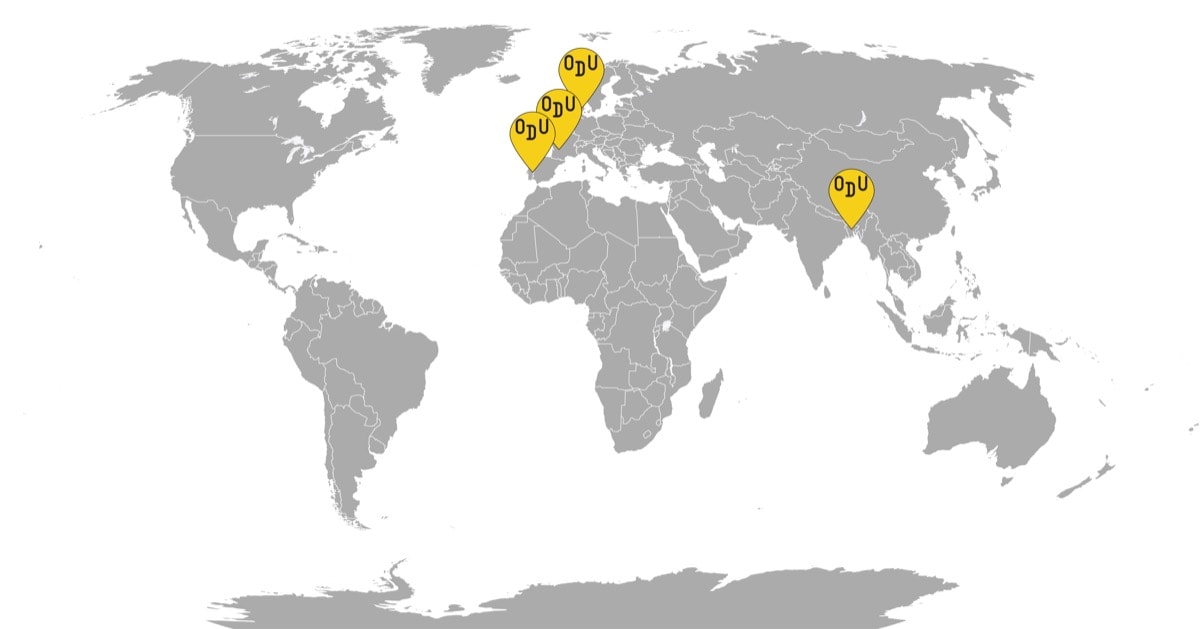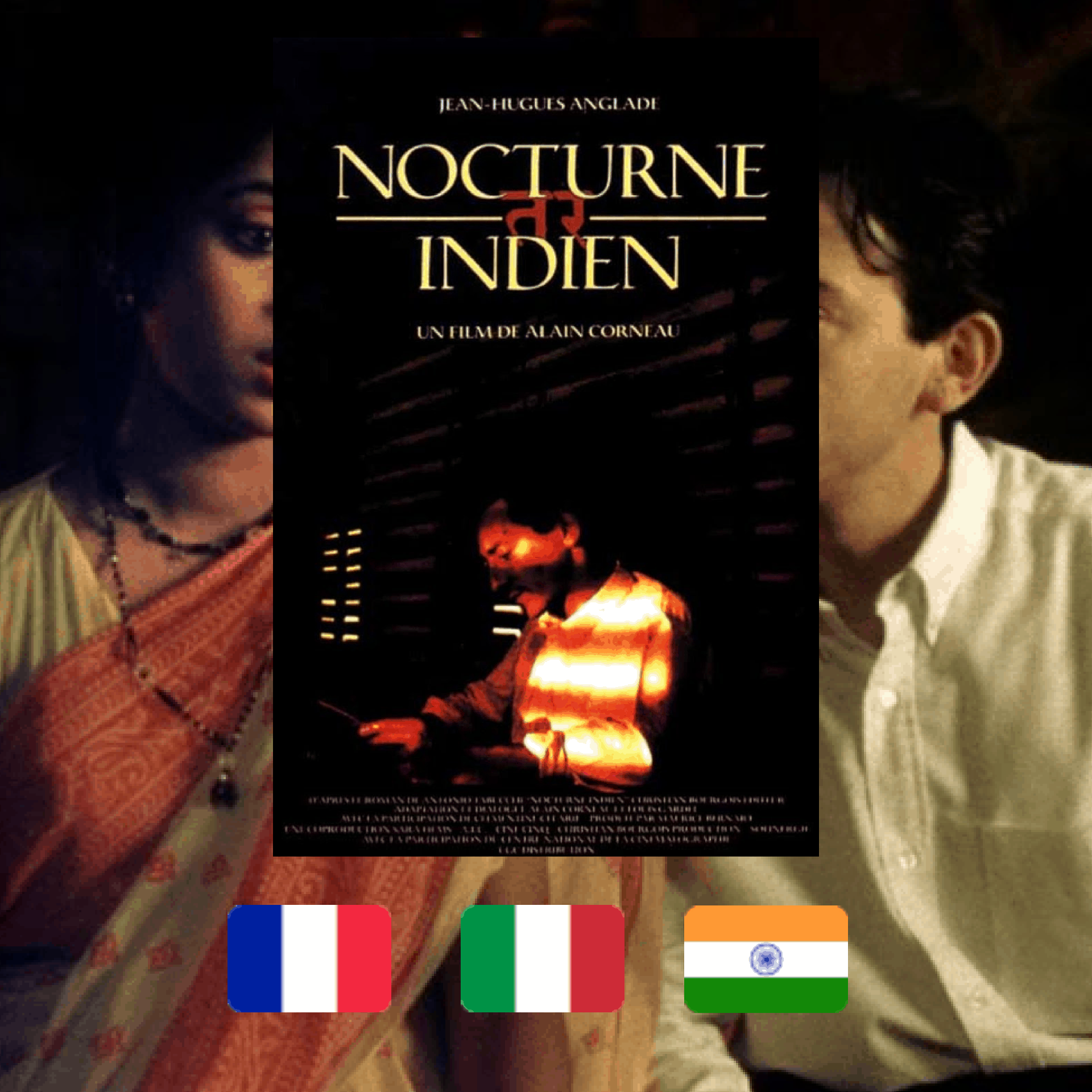A sizzling drama about a feminist uprising and union organizing at a garment factory in Dhaka puts the necessary spotlight on the exploitation of labor of which many consumers remain oblivious



FROM BANGLADESH, FRANCE, DENMARK and PORTUGAL
WHAT IT’S ABOUT: Shimu is a young woman who works in a textile factory in Dhaka, producing hundreds of garments a day to be exported to the West. Her husband Sohel is lazy and controlling, her family history troubled, and the highlight of Shimu’s day is some banter with her female colleagues. However, when the sweatshop’s unsafe conditions lead to a fire, and one of them dies, Shimu is forced to reconsider her existence. She is approached by Nasima, a union advocate, and begins organizing the factory’s women to fight for better working conditions and decent pay. Capitalist greed and male chauvinism are formidable opponents, but Shimu is made of stuff harder than nails.
WHO MADE IT: Rubaiyat Hossain is one of the most exciting young filmmakers from Bangladesh, and one of the few female ones. Her career is still relatively short, but her films, social realist pieces on Bangladeshi identity, nationalism, and feminism, have been making strides: “Meherjaan” set amidst the country’s War of Independence, put Hossain on the world cinema map, and earned her many awards at festivals on five continents, despite having a contentious run in Hossain’s homeland. “Under Construction” was a welcome follow-up, exploring the reimagining of femininity in contemporary Bangladesh. “Made in Bangladesh” is Hossain’s third feature. She made it with an international team, including the French co-writer Philippe Barrière, the Bangladeshi and French duo of editors, Sujan Mahmud, and Raphaëlle Martin-Holger, the Belgian DOP Sabine Lancelin, and Danish-Iranian composer Tin Soheili.
The film’s actors are mostly new or rising stars from the Bangladeshi film scene with a few notable exceptions, including exports. Rikita Nandini Shimu, who plays Shimu with affability, mischief, and steel resolve, had previously appeared in Hossain’s “Under Construction.” Indian actor Shahana Goswami, that film’s lead, plays Nasima, passing the torch to Shimu in organizing and playing the protagonist. Shatabdi Wadud, who appears as the factory’s sleazy boss Reza, is best known for his award-winning performance in the war drama “Guerilla.” Another skin-crawling male character is Sohel, Shimu’s husband, played by Mostafa Monwar.
Shimu’s story is based on the life of Bangladeshi woman Daliya Akter, who, just like the film’s protagonist, escaped an arranged marriage as a child and became a garment factory’s trade union leader. Shimu’s dialogues were constructed from the interviews that Hossain conducted with Akter.
WHY DO WE CARE: The events of the film are not only based on the remarkable life of Daliya Akter, the fire at the center of the narrative is also rooted in reality: in the sprawling metropolis of Dhaka, only in the past decade two major garment factory disasters in the city had claimed the lives of 1250+ people. The Tazreen factory fire of 2012 ravaged a sweatshop producing shirts for Walmart, C&A, US Marines, and others. The Rana Plaza Collapse in 2013, pronounced the deadliest garment factory disaster in the history of the industry, buried alive one-fifth of the workers in the factories inside the commercial building. They were toiling away over clothes for Benetton, Prada, Gucci, Versace, Mango, Primark, and, once again, Walmart, among others. These were not isolated incidents—neither the first in the country nor the world. But they were so violent it wouldn’t be possible to ignore them like the many smaller instances of abuse and neglect happening in the sweatshops where Asian workers labor over Western goods, for inadequate wages, and in precarious conditions.
The parallel has been drawn between the Bangladeshi events and one of the Western world’s biggest tragedies of the 20th century, the Triangle Shirtwaist Factory fire in NYC in 1911, which largely galvanized the labor movement in the US and other industrialized countries. However, in the world overtaken by globalization, is the same effect possible? Reality has not been exceedingly optimistic, and yet, Hossain’s film offers a brighter look at the possibility of the workers rising for their rights. Like any other issue, it seems that real change in this industry of slave labor and exploitation will only be possible with full cooperation from the consumers of the goods produced in the factories. Only when direct action is taken at dismantling the corporations—like Walmart and the Italian fashion conglomerates—that get enriched by polluting the earth and utilizing cheap, disposable labor, will change become possible. However, this seems like a far-off perspective, and that is why “Made in Bangladesh” is essential viewing.
WHY YOU NEED TO WATCH: There have been so many discussions of looting in the wake of the protests in the US when citizens were appropriating sneakers and purses from big-name stores. Too many people kept siding with the corporations as if the idea of corporate personhood has already seeped into reality.
Now it’s time to discuss the real looting that’s happening in the world all the time: the stealing of labor, lives, and livelihoods from garment factory workers by those same peddlers of affordable or luxury goods that nobody needs, if we’re honest, outside of those looking to profit from the replication of the circle of consumption.
Sweatshop labor is such a hefty topic of our shared and criminal complicity that it seems almost impossible to make anything on the subject other than a somber documentary or something dour and heart-wrenching in the vein of Jia Zhangke. And yet, Hossain managed to take a crucial issue and weave it into a bright, appealing, and affecting story. On the surface, the film is an absolute delight, its color, and sounds pleasantly overwhelming. This creates a rather exciting material contrast to contextualize the events unwrapping: the garments the workers are wearing are all elaborately crafted, made to serve years, and so different to the drab, cheap clothes that they are forced to produce at breakneck speeds. And this is how Hossain rolls: her engaging style, complemented by Soheili’s music and Lancelin’s cinematography, beguiles you within, where the story of one woman’s valiant heart taking on the evils of capitalism is waiting, ready to ignite the viewer’s empathy. Hossain manages to make the garment workers’ plea translate from the narrative to the audience seamlessly, opening up eyes but not becoming sanctimonious for one second. Shimu, meanwhile, is a veritable heroine for our times: sometimes, her resolve might seem exaggerated, like that of a Disney princess, especially in the unforgettable scene when she bravely stands up to the local bureaucracy in a room that’s drowning in paperwork. But the film’s flirting with the fantastic only reinforces the idea at its core: to overpower the behemoth that the exploitation of workers is, one needs to garner almost fairy-tale levels of steely resolve.
A timely, necessary, and absorbing film, “Made in Bangladesh” attempts to put a very sympathetic face to an issue that can’t be further ignored. A brave and unflinching voice in social justice filmmaking, Rubaiyat Hossain has created a film of inscrutable moral clarity and a clear purpose. If we can all admire the daring Shimu as she goes against the man and advocates for a union, then we can also reconsider our buying patterns and finally hold the retailers accountable for their crimes against personhood.
Made in Bangladesh, 2019
Director: Rubaiyat Hossain
For more content like this sign up for our weekly newsletter
WATCH THE TRAILER














